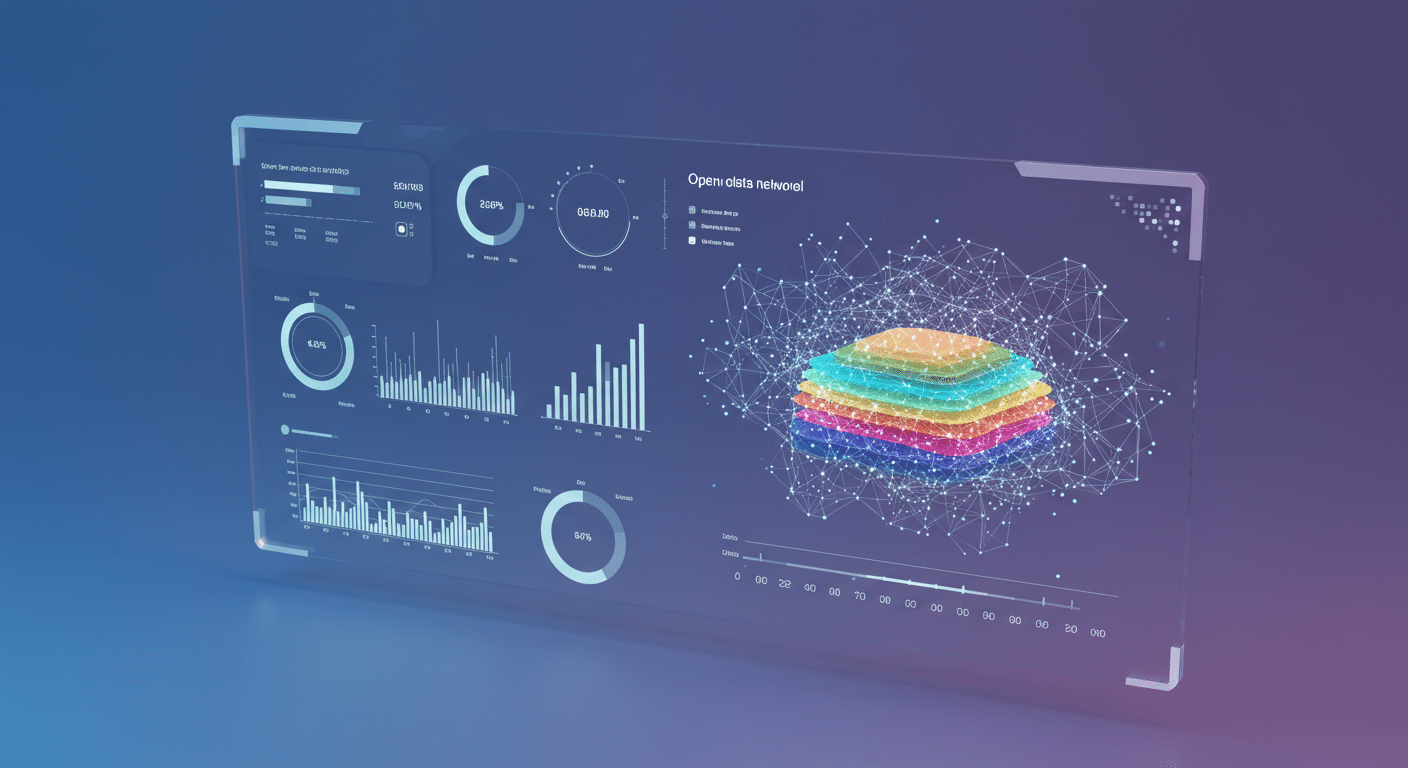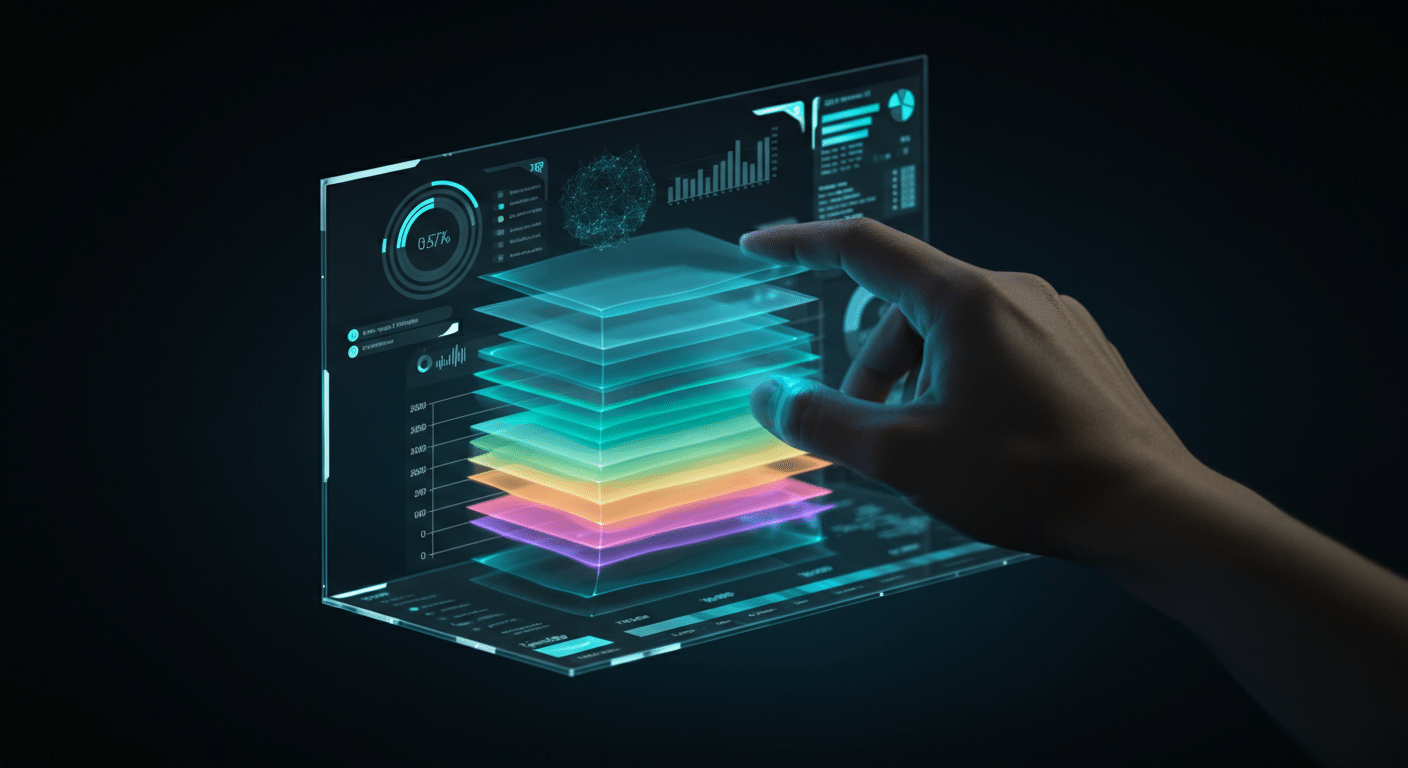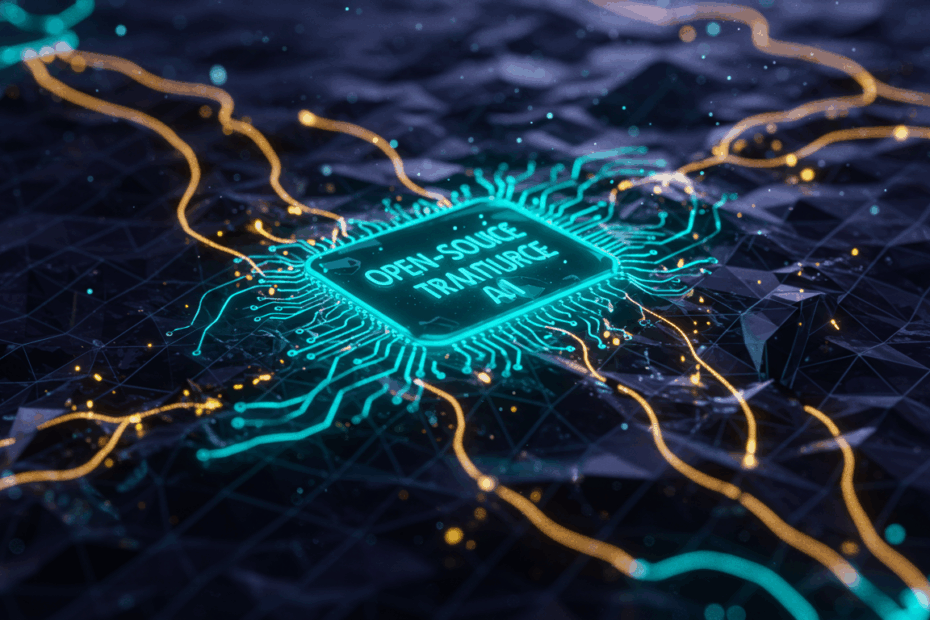Open-source AI: Exploring the Buzz from X Trends

Basic Info: What is Open-source AI?
John: Hello everyone, I’m John, a veteran tech journalist, and today Lila and I are diving into open-source AI. As of now, based on real-time discussions on X from experts like AI researchers and developers, open-source AI refers to artificial intelligence technologies where the source code is freely available for anyone to view, modify, and distribute. This means it’s not locked behind proprietary walls, allowing global collaboration.
Lila: Hi, I’m Lila, the junior writer here, and that’s super exciting! John, can you clarify when this all started? From what I’ve seen in trending posts on X, open-source AI has roots going back to the early 2000s with projects like early machine learning libraries, but it really took off in the past decade with things like TensorFlow released by Google in 2015.
John: Exactly, Lila. In the past, proprietary AI dominated, but open-source shifted that by solving the problem of accessibility. It aims to democratize AI, making powerful tools available to startups, researchers, and hobbyists without huge costs, as highlighted in current X threads by verified users discussing how it fosters innovation and reduces monopolies in tech.
Lila: That makes sense for beginners like me. So, presently, open-source AI is tackling issues like high development barriers and ethical concerns by promoting transparency, right? I’ve noticed posts from experts on X emphasizing how it allows community audits to catch biases early.
John: Precisely. Looking ahead, as trends on X suggest, open-source AI could solve even bigger problems like global AI equity, where developing nations contribute to and benefit from AI advancements without relying on big tech giants.
Technical Mechanism: How Does Open-source AI Work?

Lila: Okay, John, let’s break down the tech side simply. For beginners, how does open-source AI actually function? I’ve seen X posts mentioning neural networks – what are those?
John: Great question, Lila. At its core, as of now, open-source AI often relies on neural networks, which are computer systems modeled after the human brain. They consist of layers of nodes (like neurons) that process data, learn patterns, and make predictions. For example, in language models, which are a type of AI that understands and generates text, these networks train on vast datasets to respond like humans.
Lila: Oh, like how ChatGPT works, but open-source versions? From real-time X discussions by AI engineers, things like large language models (LLMs) are key. Can you explain LLMs in plain words?
John: Absolutely. LLMs, or large language models, are trained on massive amounts of text data to predict the next word in a sentence. In open-source AI, projects like those from Meta or Mistral make their models’ code public, so anyone can fine-tune them – that means adjusting them for specific tasks, like translating languages or summarizing articles. Presently, experts on X are buzzing about how this transparency allows for faster improvements through community contributions.
Lila: That’s cool! So, technically, it involves training phases where the AI learns from data, inference where it applies that learning, and open-source means the algorithms and sometimes the trained weights are shared. I’ve read posts warning beginners that it requires computing power, like GPUs (graphics processing units, which are special chips for heavy calculations).
John: Yes, and to add, in the past, training these models was secretive, but now with open-source, mechanisms like transformers – a architecture that handles sequences of data efficiently – are openly iterated upon, leading to advancements in areas like computer vision (AI that sees and interprets images).
Development Timeline: Key Milestones
Lila: Switching to history, John – what’s the timeline look like? Based on X trends, it seems open-source AI has evolved rapidly.
John: In the past, key milestones include 2015 when Google open-sourced TensorFlow, a framework for building AI models, sparking widespread adoption. Then, in 2018, the release of BERT by Google revolutionized natural language processing (NLP, which is AI understanding human language).
Lila: And more recently? As of now, posts on X highlight 2023 as huge with Meta’s Llama models going open-source, allowing developers to build on top of them freely.
John: Correct. Currently, we’re seeing milestones like the rise of models from Mistral and Qwen in 2025, as discussed by verified AI experts on X. Looking ahead, future goals include achieving more efficient, multi-modal AI (handling text, images, and more) by 2026, based on predictive threads.
Lila: Wow, from basic libraries in the past to advanced agents now – agents being AI that can perform tasks autonomously. X users are predicting even more integration with everyday tools soon.
John: Indeed, the timeline shows a shift from closed to open, with current status being a vibrant ecosystem and future goals focusing on sustainability and ethical AI development.
Team & Community: Credibility and Engagement
Lila: Who’s behind this? Open-source AI isn’t from one team, right? From X, it seems like a global community.
John: That’s right. Presently, credibility comes from organizations like Meta AI, Hugging Face (a platform for sharing models), and contributors from companies like Alibaba with Qwen. Their backgrounds include top researchers from universities and tech firms, as verified in X bios and discussions.
Lila: And engagement on X is massive! I’ve seen threads from experts like those from Y Combinator sharing insights, with high view counts indicating strong community interest.
John: Yes, in the past, communities built around GitHub repos, but now X is a hub for real-time debates, with official accounts from Mistral and others engaging directly, boosting credibility through transparency.
Lila: Looking ahead, more involvement from younger developers, as per trending posts, could drive innovation.
Use-cases & Future Outlook
John: As of now, real-world applications include content generation, like using open-source models for writing aids, and in healthcare for data analysis, as shared by experts on X.
Lila: Also, education – free tools for learning. What might come next? Posts suggest autonomous agents for business automation.
John: Looking ahead, multi-modal integrations could revolutionize fields like robotics and personalized medicine.
Lila: Exciting! Currently, it’s used in coding assistants too, helping developers write code faster.
John: Precisely, with future outlooks pointing to AI in environmental monitoring.
Competitor Comparison: What Makes It Stand Out
Lila: How does open-source AI compare to closed ones like from OpenAI?
John: Similar systems include proprietary models like GPT series, but open-source stands out with transparency and cost-effectiveness, as per X analyses. For instance, Mistral’s models rival GPT in performance but are free to modify.
Lila: Yeah, posts highlight how open-source like Llama are more customizable, unlike black-box competitors.
John: What makes it unique is community-driven improvements, leading to faster evolution.
Risks & Cautions
Lila: But there are downsides? X discussions mention biases in training data.
John: Yes, limitations include potential for misuse, like generating fake news, and security concerns with open code being exploited. Ethical debates on X focus on job displacement and privacy.
Lila: So, beginners should be cautious and verify outputs.
Expert Opinions / Analyses
John: From real-time X feedback, experts like those from Artificial Analysis praise open-source for accelerating AI progress.
Lila: Others warn of overhyping, but overall positive on its role in 2025 trends.

Latest News & Roadmap
John: Latest buzz on X includes new models like GLM-4.5 from China, cheaper and efficient.
Lila: Roadmap points to agents and multi-model advancements in 2025.
FAQ: Common Beginner Questions
- What is open-source AI? It’s AI with publicly available code for collaboration.
- How do I start using it? Check platforms like Hugging Face.
- Is it free? Mostly yes, but computing costs apply.
- What’s the difference from closed AI? Transparency and modifiability.
- Are there risks? Yes, like biases and misuse.
- What’s next? More advanced, efficient models.
Related Links
- Hugging Face – Open-source AI Hub
- GitHub – Repositories for AI projects
- arXiv – Research papers on AI
Final Thoughts
John: Looking at what we’ve explored today, Open-source AI clearly stands out in the current AI landscape. Its ongoing development and real-world use cases show it’s already making a difference.
Lila: Totally agree! I loved how much I learned just by diving into what people are saying about it now. I can’t wait to see where it goes next!
Disclaimer: This article is for informational purposes only. Please do your own research (DYOR) before making any decisions.
